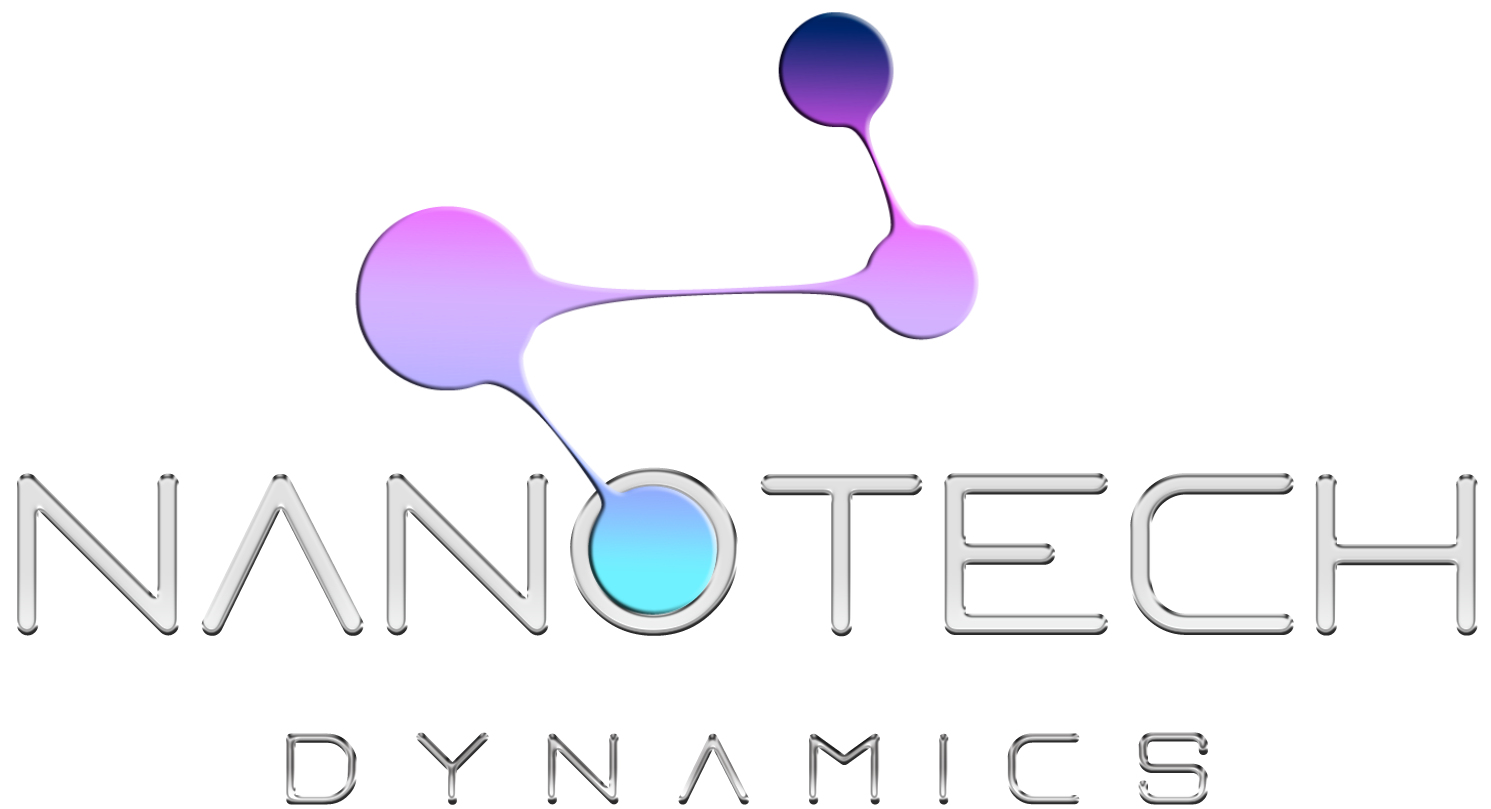Laboratory equipment for the preparation of 3D cotton-like nanofibrous structures
Laboratory equipment using a world unique technology for the production of nanofibrous structures capable of preparing 3D wool-like structures. A major innovation is the horizontal electrode arrangement combining electrospinning with controlled air flow. This arrangement enables the preparation of fluffy cotton-like nanofibrous structures and their efficient harvesting while maintaining completely unique properties and spatial arrangement. This laboratory equipment is significantly boosting the research of unique nanofibrous structures for various innovative industrial applications.
Key features of the equipment
Parameters
- Ability to spin various polymeric solutions derived from technical polymers (PLA, PCL, PVA …) and biomedical polymers (PA, PUR, PVB, PES, PAD …)
- Production rate of nanofibrous structures up to 80 g / h
- One special horizontal spinning electrode
- Modularity and flexibility of internal components setup (spinning electrodes, collectors …) based on the need of laboratory experiments and simple adaptation for carrying out research and development
- Suitable for supporting the bachelor's and diploma theses of students and R&D of researchers
- Collection of the produced nanofibrous material is being carried out in a separate section into 15 l basket
- Reliable and precise configuration of process parameters
- Effective collection of process data and its sophisticated interpretation
- CE certified, warranty and service
- Safety features such as protective doors, warning lights and safety locks to prevent any injuries








